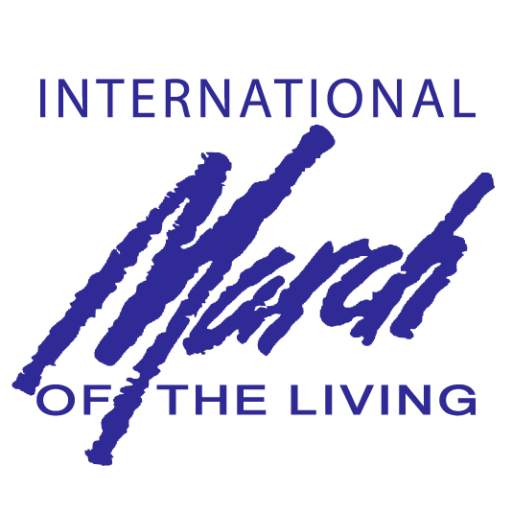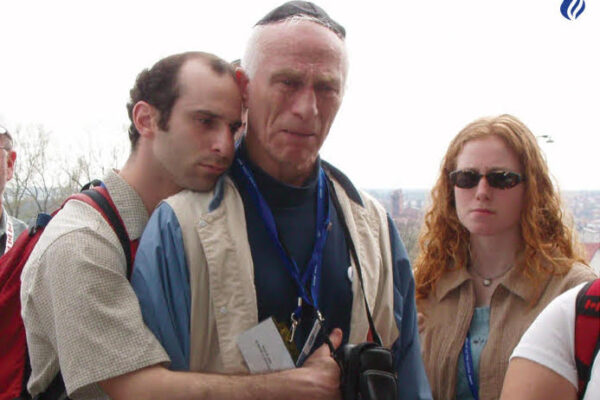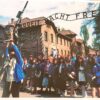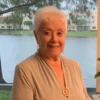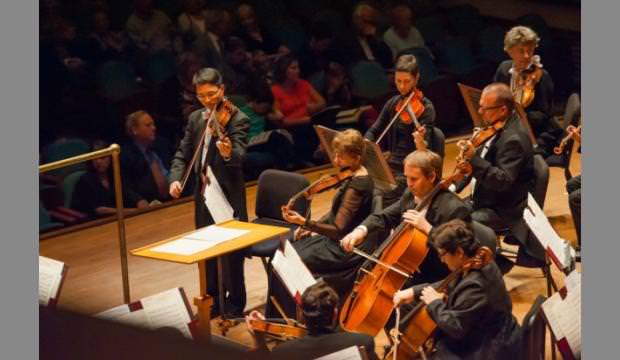
When asked what it will feel like to play a different violin in an upcoming concert, Jonathan Kuo prefaces his thoughts with an interesting choice of verbs.
“I haven’t met the violin yet,” he says.
For professional violinists, their instruments aren’t just objects made of wood and string. They are lifelike extensions of themselves. So when violinists first hold a different violin, they don’t merely play or listen. They meet. And sometimes they connect.
“When we choose an instrument, we choose our voice,” Melissa Barrett said.
About 30 years ago, Barrett chose a modern Italian violin, a Pistucci made in Naples in 1930.
Whenever she plays it as associate concertmaster for the Jacksonville Symphony, she is joined by 15 other full-time violinists, each with her or his own distinctive voice.
Kuo, a 29-year-old native of Los Angeles who joined the symphony last fall, bought his violin about five years ago. It was a new violin, made in Vermont, out of Vermont wood. He was torn between it and one made in France in the 17th century.
Piotr Szewczyk, a Polish-born violinist and composer, plays a modern American violin made by Gregory Sapp in Chicago.
Andy Bruck, who first played a violin 50 years ago, now plays one made in 1996 by Robert Kimble, with a bow made by Charles Nicolas Bazin in France in the late 1800s. The combination, he says, “allows me to shape musical phrases and express myself to my heart’s content.”
When the curtain goes up at the Robert E. Jacoby Symphony Hall on Saturday, none of these violinists will hold his or her own instrument.
Sixteen violins are coming to Jacksonville for this concert.
They were recovered from the Holocaust, restored in Israel by Amnon Weinstein and now are part of a collection known as “Violins of Hope.” The violins and Weinstein are coming as part of the “Voices of Hope” events, built around the Anne Frank exhibit at the Museum of Science & History.
Weinstein’s parents safely fled Europe in 1938, only to later learn that more than 400 relatives died in the Holocaust. Decades later, when Weinstein was asked to restore a violin that was played in a concentration camp, it wasn’t just another task. One Holocaust violin led to another, which led to dozens in the collection, a museum display in Cleveland, performances there, a book and a documentary.
The 2016 film, “Violins of Hope: Strings of the Holocaust,” describes the violin as the quintessential Jewish instrument, treasured for centuries, inextricably linked to the Jewish soul — and, in many ways, to the Holocaust.
Many instruments in Weinstein’s collection were played in concentration camp orchestras. Amid the barbed wire and gas chambers, there was the beauty of Beethoven. Playing a violin allowed some Jews to prolong their lives. It also led some, who believed they were luring fellow inmates to their deaths, to take their own lives.
Even if the violinist and violin survived, once the war ended, the instrument often was put in an attic, remaining silent until it ended up in Weinstein’s shop in Tel Aviv.
“Each violin,” he says, “tells someone’s story.”
In some cases, the whole story is unknown. One violin was handed out of a cattle car to a French road worker as the train headed to a concentration camp.
There is the Auschwitz violin, which was played by the orchestra at the concentration camp. There is the Jacob W. Hakkert violin. It was the first violin made by a Dutchman who became famous for his strings and, in 1944, was killed in Auschwitz.
There is the Feivel Wininger violin, an instrument with a happy ending. Wininger lived in Romania. His entire family was deported. He ended up playing a violin for fuel and scraps of food, helping his family to survive. After the war, when the violin fell into disrepair, his daughter suggested he get a new violin. He told her it wasn’t just about playing a violin, it was about playing this violin.
Weinstein restored it. Even in Wininger’s old age, when he no longer could play the instrument, he would take it out and hold it.
There is one violin in the collection that none of the Jacksonville Symphony musicians will play.
Decades after the end of World War II, this violin was bought by a violin-maker in Washington, D.C. When the new owner opened it, he found a swastika and an inscription: “Heil Hitler, 1936.”
It is presumed that, before the war, the Jewish owner took the violin to be repaired. A German shop owner put the message inside it, closed it and gave it back.
The new owner’s initial reaction was to burn the violin. Instead, he offered it to Weinstein. The Heil Hitler violin, as it is now known, remains unrestored and unplayed but far from unanswered.
In one scene of the documentary, after Weinstein completes the restoration of another violin, it is played for the first time in his shop. Descendants of the former owner gather to listen, some breaking into tears when they hear its sound again.
“This is victory,” Weinstein says. “The Nazis wanted to kill this tradition, all this Jewish culture. Today you could hear they failed. This violin is alive … and is going to talk to the world.”
Some of these violins will talk to Jacksonville. And the entire symphony will play a program filled with Jewish connections.
When Kuo, the violinist who talked about not yet having met his violin, tries to picture what this will be like, he describes an experience that will be an honor and a challenge.
“The instrument has seen a lot of things we only can imagine,” he says.
It will be poignant for Szewczyk. His grandparents met when they were captured during World War II and imprisoned by the Germans. They survived, went to Poland and married. He has visited the concentration camps. He says no amount of reading or watching documentaries can compare with standing there. And he expects this concert to be a powerful experience, not just for himself, but for all the musicians.
“Being able to touch and play those same instruments, knowing that they provided a way of escaping suffering and providing hope for the future, connects us all to the shared musicianship and humanity of those who played those instruments before us,” he says. “The spirit of those musicians will forever be ingrained in those instruments, and by playing them now, we can bring back memories and honor those courageous people.
Bruck, who is in his 24th season with the Jacksonville Symphony, says he recently became aware of New Zealand musician and author Christopher Small’s perspective about music — as more of a social experience than a body of musical works.
“From this viewpoint, we can see how ‘Violins of Hope’ will bring all involved into a profound relationship with the Holocaust, and remind us to appreciate and make the most of our limited time on Earth,” he says. “My wish is that they help each of us reaffirm the critical importance of treasuring peoples of diverse cultures and religions, of people everywhere who cherish life.”
Barrett, the associate concertmaster, has a personal connection to the Holocaust. Her mother’s father was Jewish. He survived, but many of his family members did not.
While she has played her Pistucci for 30 years, she is looking forward to leaving it in its case and playing something from Weinstein’s collection. Many of the violins in the collection were relatively inexpensive, ordinary instruments when they were made. Today, because of their stories, they are invaluable.
Considering how well they know their own instruments, playing the instruments not long after meeting them will be an adjustment.
“Even if I was handed a Stradivarius to play on, I’d have to adjust what I was doing — although I would really enjoy that,” Barrett says “We’ll all have to adjust. We may like the sound. We may not. But that won’t really be the point.”
The point will be that there is sound, that these violins — these voices — were not silenced in the Holocaust.
Originally published HERE
